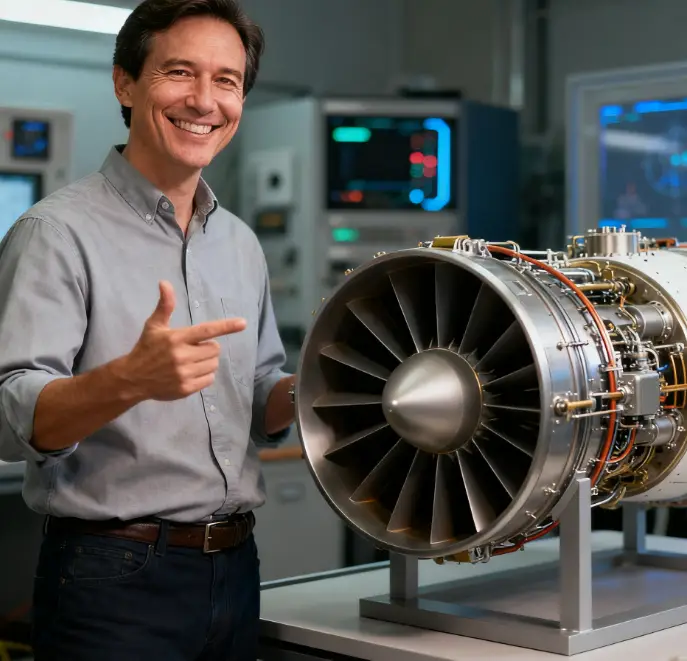When I watched science fiction films, I always wondered how spacecraft could soar light-years away in an instant. Real-life rockets burn fuel like crazy, and a trip to Mars can take over a year. It wasn't until I recently came across some new research that I realized scientists have already developed "new legs" for spacecraft. Among them, ion propulsion technology is like giving spacecraft a pair of nimble "ion legs."

Let's start with the most interesting Hall effect thruster. An aerospace engineer explained the principle behind it. Basically, it uses electricity to turn matter into plasma, which is then ejected at high speed to generate thrust. Believe it or not, the way it works is incredibly sci-fi. Instead of a blazing flame, its tail is a shimmering blue light, reminiscent of an alien spaceship in a movie. Crucially, it uses far less fuel than traditional chemical propulsion, and is said to be several times more efficient.
Initially, I wondered if such a low-energy propulsion wouldn't be enough. Later, I realized its thrust was indeed small, barely enough to pull a piece of paper. But in space, there's no air resistance. This force slowly builds up, still capable of pushing a space station weighing tens of tons to adjust its orbit. Furthermore, it can operate continuously for thousands or even tens of thousands of hours, perfect for long-distance travel—isn't that the endurance needed for interstellar travel?
Besides "ion legs," there's even more remarkable light sail technology. Scientists in the United States and the Netherlands have developed an ultra-thin light sail, thinner than a human hair, that propels itself forward using the pressure of light, much like a sailboat harnesses wind power. The most amazing thing is that it used to take over a decade to build, but now, with AI-assisted design, it can be produced in a single day, significantly reducing costs. If it were scaled up to the size of a football field, it could potentially reduce interstellar travel time from thousands of years to just a few decades. It's incredible to think about it.
China has also made some impressive advances. Their oblique detonation engine can reach Mach 16, exceeding 20,000 kilometers per hour. This speed is outrageous, something previous spacecraft couldn't even dream of. And since it uses ordinary jet fuel, no special fuels are needed. Perhaps it could even reach Mars in half a day. I wonder when this technology will be used for interstellar travel. If combined with the endurance of "ion legs," it would be perfect.
In fact, what most impresses me about these technologies is the wisdom of "slow and steady wins the race." Traditional rockets rely on brute force, like a sprinter; new propulsion technologies, like a long-distance runner, rely on efficiency and endurance. Honestly, I used to think interstellar travel was centuries away, but now seeing these new technologies being implemented, I suddenly feel a lot closer to our dream.
One question remains: light sails rely on laser propulsion. What if they're too far from Earth for the laser to reach? Also, Hall thrusters require electricity. How will the energy problem in deep space be solved? Perhaps scientists already have the answer, but I haven't found it yet. Regardless, these "new legs" have transformed interstellar travel from a pipe dream into a real research direction.




